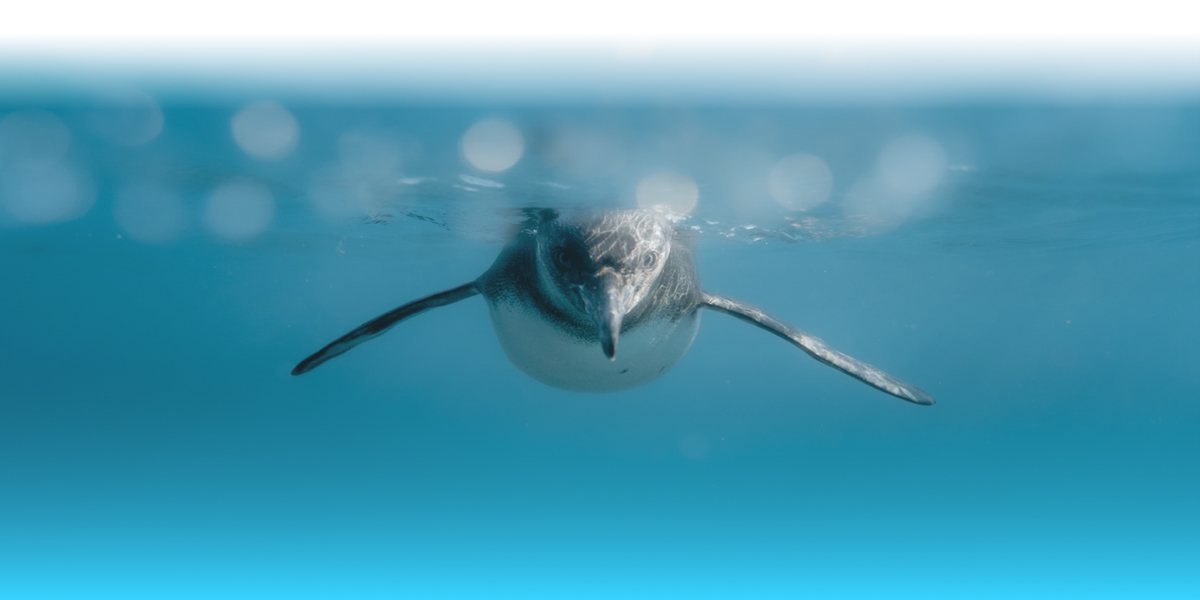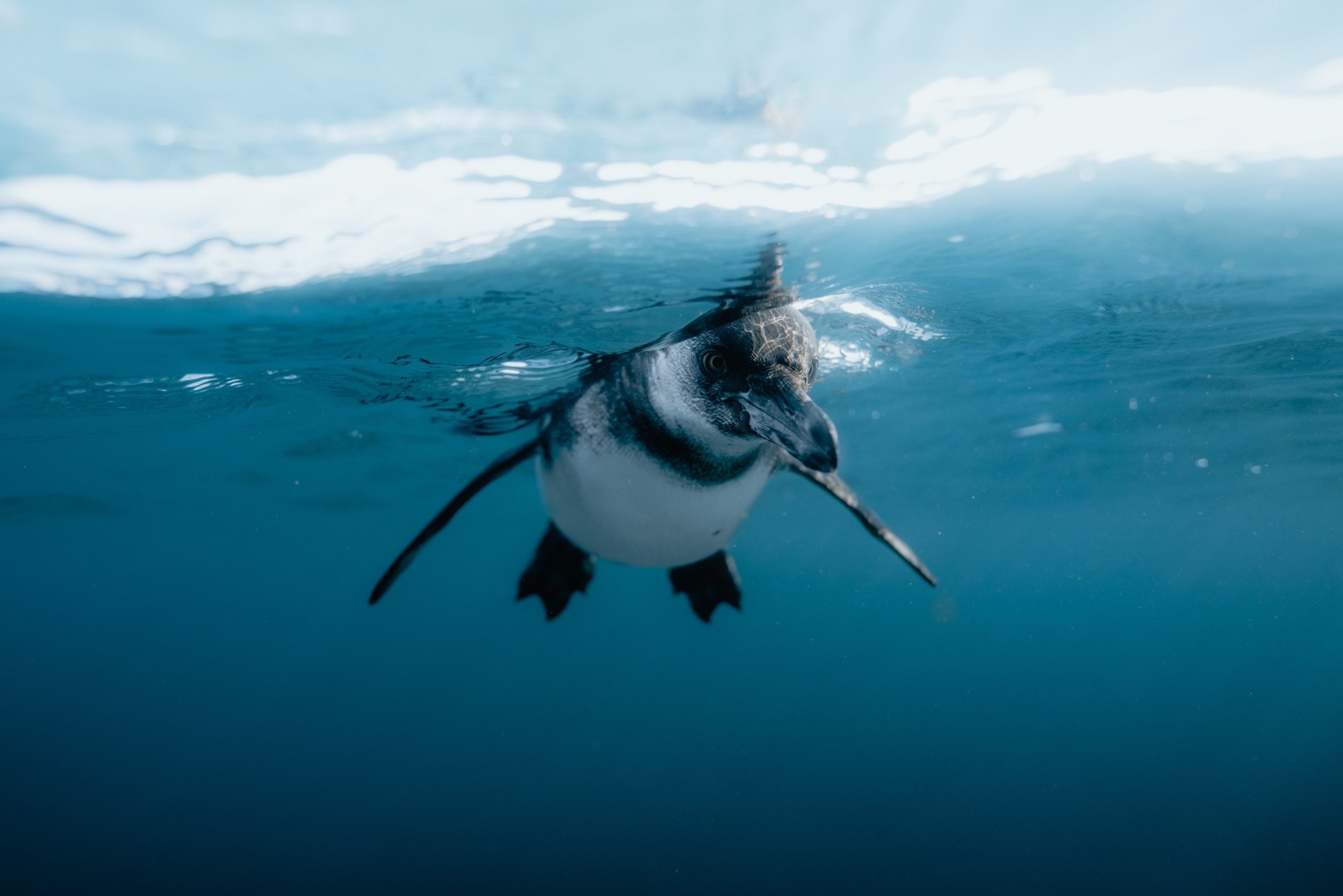
The Mangrove Finch (Camarhynchus heliobates), one of Darwin’s iconic finches, is a bird species found only in the dense mangrove forests of the western Galapagos Islands. At one time, these birds were found on two Galapagos Islands, Fernandina and Isabela. Today, primarily due to threats from invasive species, they are restricted to just two mangrove forests, scarcely larger than 30 hectares on Isabela, and their total population is estimated to be no more than 100 birds. Since 2000, the Mangrove Finch has been listed as Critically Endangered; it is currently considered to be one of the rarest birds in the world.
Mangrove Finches face extreme threats to their survival. The two major threats come from an introduced predator, the black rat (Rattus rattus), and an introduced parasite, the Philornis downsi fly, both of which impact the bird’s nesting success. When uncontrolled, black rats will invade 70% of the nests, where they prey upon the eggs. If the eggs survive this threat and succeed in hatching, they may then be affected by Philornis downsi, parasitic fly that lays its eggs in the nest. When the fly larvae hatch, they feed on the blood of the Mangrove Finch nestlings; few nestlings survive this parasitism. Past studies have shown that nestling mortality is higher at the start of the breeding season with up to 95% of nestlings being lost to parasitism and adult pairs laying up to five clutches a season to rear at best one or two chicks late in the season.
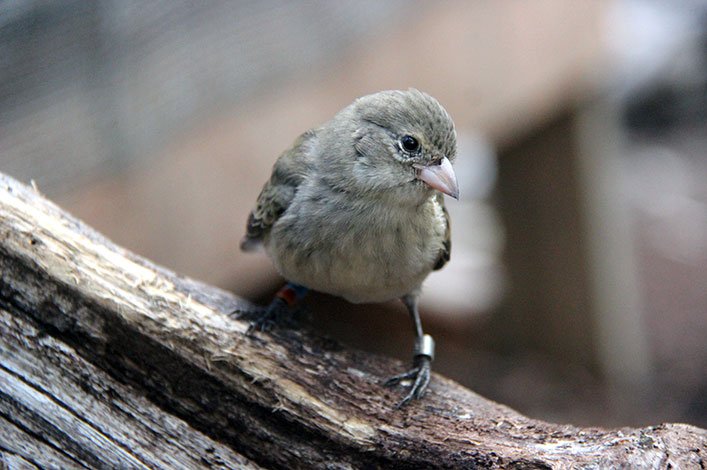
In order to combat these threats and prevent the extinction of the species, The Charles Darwin Foundation, together with the Galapagos National Park Directorate, began a formal long-term conservation project in 2006. The Mangrove Finch Project began with introduced rat control and bird monitoring, and has since expanded into a captive-rearing and reintroduction program. This program, established in 2014, is a collaboration with San Diego Zoo Global, Durrell Wildlife Conservation Trust and the Auckland Zoo and seeks to bypass the most lethal period of the finches’ lives and give them a head start for survival. The program’s personnel collect eggs in the wild, incubate them in a safe controlled environment and return the young birds to the wild.
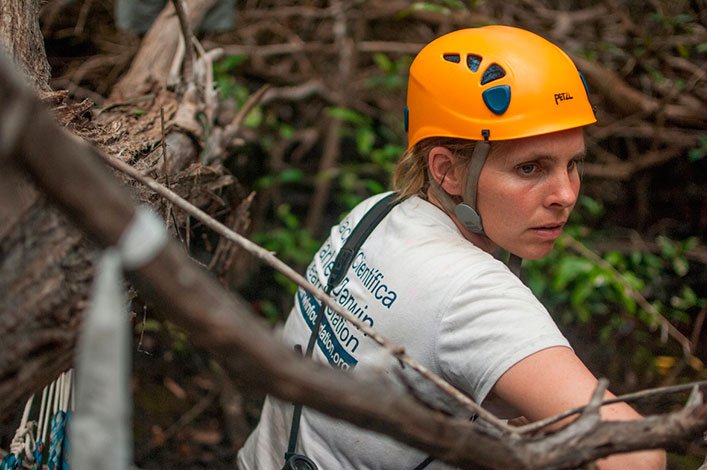
Good News for the Mangrove Finch in 2017:
- 2 of the captive raised birds have paired up with wild raised birds and bred in the wild.
- 100% of the 14 chicks that hatched in nests in the wild survived (in parasite treated nests).
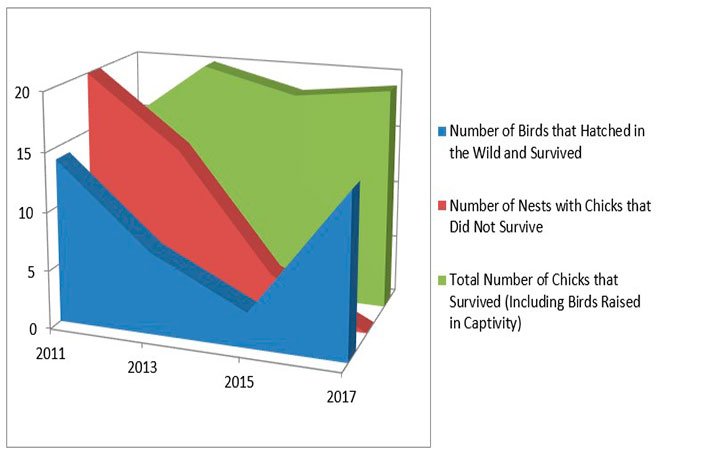
Over the years, the Mangrove Finch project has had many successes, with 39 young birds (fledglings) released back into the wild. Many of these birds have shown that they are capable of lasting survival in their natural habitat. For example, in the 2016-2017 season, two of the released birds began breeding. Also in 2016-2017, a new parasite-control technique, in which nests were injected with permethrin (an insecticide), was given a trial run on Mangrove Finch nests after some success was achieved with a more common species on another island. The early results of the nest injections are encouraging: 14 chicks from these nests hatched and survived in the wild. In 2018, the team will focus on obtaining more data to determine the success of nest injections as, if effective, it presents a more viable long-term conservation technique than captive rearing.
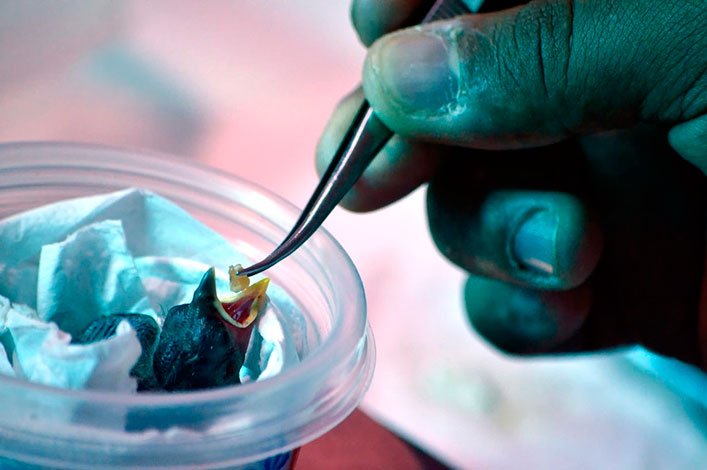
The success of the Mangrove Finch project is extremely exciting. It provides hope that, with long-term help from the Project’s hard-working field crews, supporting organizations, and generous donors, threats to the Mangrove Finch can be effectively controlled and their population will increase. Please donate today.
The Mangrove Finch Project is a bi-institutional project carried out by the Charles Darwin Foundation and the Galapagos National Park Directorate in collaboration with San Diego Zoo Global, Auckland Zoo and Durrell Wildlife Conservation Trust. The project is supported by the Leona M. And Harry B. Helmsley Charitable Trust, Galapagos Conservation Trust, Marguerite Griffith-Jones, GESS Charitable Trust, Decoroom Limited, Holbeck Charitable Trust, and Friends of Galapagos Switzerland.


